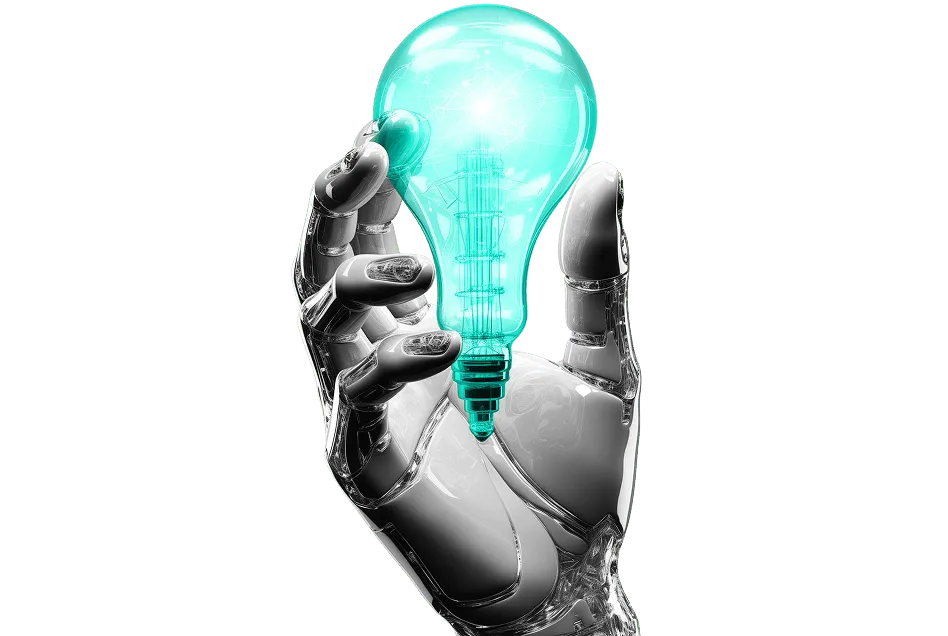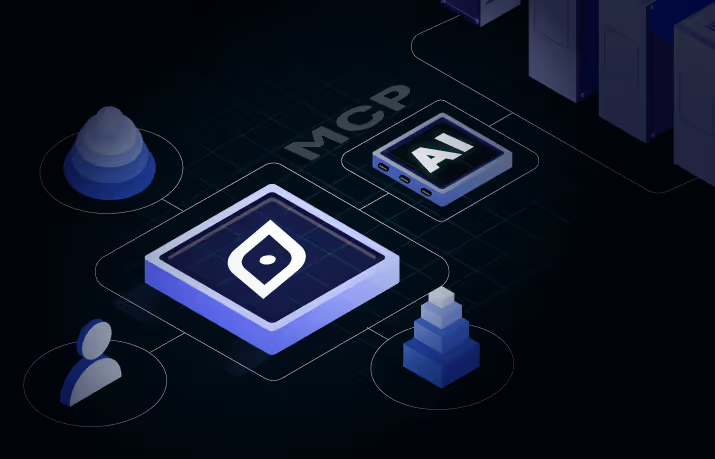Reskilling for the Future with Workforce Planning Analytics
Emerging technologies are reshaping entire industries and demanding specialized skills. As a result, companies worldwide will face significant gaps between current expertise and future needs. Many of the most critical skills will center on mathematical reasoning and data-analysis capabilities.
Preparing for the future of work has become a defining business challenge one that the COVID-19 pandemic only accelerated. Addressing it requires two key shifts across the workforce:
- Upskilling, where employees acquire new skills to enhance their current roles
- Reskilling, where employees transition into different or entirely new roles
Workforce planning analytics plays a crucial role in this transformation, helping organizations anticipate skills gaps, align talent strategies with business goals, and make informed decisions about where to invest in upskilling and reskilling initiatives.
83% of experts say employers in their sectors find it difficult to acquire talent than they did five years ago and 58% of the workforce needs new skills to do their jobs. Let us look at strategies the workforce planning team can consider, supported by workforce planning analytics for smarter decision-making.
Put the focus on skills
The skills revolution requires people to have the right skills to help companies be productive, innovative, and profitable. Reskilling ensures your employees have the skills to thrive and make transitions into new roles smoothly. Workforce planning must include an ongoing upskilling and reskilling process, driven by workforce planning analytics, to achieve positive outcomes that go beyond profit-and-loss statements.
Additionally, companies that invest in reskilling can demonstrate commitment to employees, promote inclusivity as part of their social responsibility, and address skills shortages across industries. Leveraging data-driven solutions, including workforce planning analytics, enables continuous renewal of workforce performance.
Customize learning opportunities
94% of the employees say they would stay in a company if they received development opportunities. However, only 15% get access to reskilling opportunities. Workforce planning must revamp the sales training to address continuous learning and knowledge sharing.
The approach is to customize learning to each learner’s preference and make the material accessible through various venues and formats. Cybersecurity organization Fern is making microlearning assets available for their talent to access knowledge at the point of need.
Focusing on user experience, the company has designed the learning to track performance using workforce planning analytics. Sales professionals can learn through an on-demand training course or Zoom webinars, company presentations, or product brochures, with assessments built into the platform.
Additionally, companies must allow the submission of knowledge. However, there needs to be a formal governance model to track knowledge submitted so that only sanctioned reskilling content is on offer.
This approach could demonstrate a blend of knowledge and learning management, supported by workforce planning analytics, including the knowledge-management cycle of creating, capturing, storing, sharing, and applying knowledge.
Offer apprenticeships
Reskilling must involve apprenticeships that prepare a pool of nondiverse talent to become dedicated employees with customized skills. Apprenticeships help individuals receive a skills-based education that prepares them for good-paying jobs. It aids workforce planning analytics in recruiting, building, and reskilling a highly-skilled workforce by providing data-driven insights into talent pipelines and future skills needs.
Companies like Accenture have reported low attrition rates among those who have gone through the apprenticeship program. Their success stories include a food truck operator retraining in a technical field. Apprenticeships also involve jobs with real-world experience at a sustainable wage on client-facing work.
Partner with universities and colleges
Partnering with educational institutions and universities can assist in acquiring talent with in-demand skills and support long-term workforce planning analytics. When corporates collaborate with educational institutes for student employment, student-employees can be prepared to become productive future hires.
Case in point, Johns Hopkins University Experiential Learning Center offers students work experiences that enhance their resumes and portfolios while they earn. They developed SMILE, which connects students with work opportunities with employers within or outside the university. Backed by workforce planning analytics, SMILE provides access to all students, establishes employment eligibility, displays paid projects, and allows onboarding with the organizations.
The Path to Closing Skills Gaps with Strategic Workforce Planning
Understanding how current and future workforce architectures relate is essential to building a plan that combines reskilling, upskilling, and acquiring new talent. Workforce planning analytics can help map these elements and guide a roadmap such as the following:
- Analyzing status quo driven by data – Organizations must build a baseline using workforce planning analytics to understand gaps and skills prevalence, helping them craft a reskilling strategy that includes future skills, diversity and inclusivity, automation risk, and pay gaps. Benchmarking against peer organizations will help close the gaps.
- Designing a framework with clearly defined requirements – Workforce planning teams must assess, define, and structure future needs through a capability model for the entire organization and different business lines. Such an approach enables a clear direction on reskilling and progress tracking.
- Building skill requirements into job architecture – After defining the required skills, workforce planning must build those requirements into the job architecture to provide a sound foundation for human resources solutions and interventions, which will provide insights on the proximity between roles and reskilling potential.
- Reskilling process design – Workforce planning analytics, combined with data and defined models, will help determine the upskilling and reskilling strategy, providing employees with learning and career opportunities.
- Rolling out and engaging employees – Engaging employees while building career pathways and development ensures that the workforce understands critical areas and enables individual ownership of the reskilling path. With rewards coming into the reskilling program, companies can foster engagement.
- Measuring progress – Leverage workforce planning analytics to analyze data and stay abreast of and adapt to talent and workforce changes. Continuous benchmarking analysis based on key performance indicators is needed to track progress, combining data from different sources and HR IT solutions across the employee lifecycle.
Draup has created a list of 20,000+ skills mapped across 2,000+ job roles across technical and non-technical functions. As part of its workforce planning analytics, the platform provides detailed insights into role evolution and skills requirements. The image below shows the role of the RPA Developer with a mapping of the core and soft skills required.

Skills gaps will emerge with the changes in business scenarios. Organizations must act now to address those gaps by leveraging workforce planning analytics to understand the current state of employees’ skills, strengthen diversity, equity, and inclusion, and identify employees with the potential to move into future-focused roles.










.svg)
















.svg)





.svg)





.svg)
